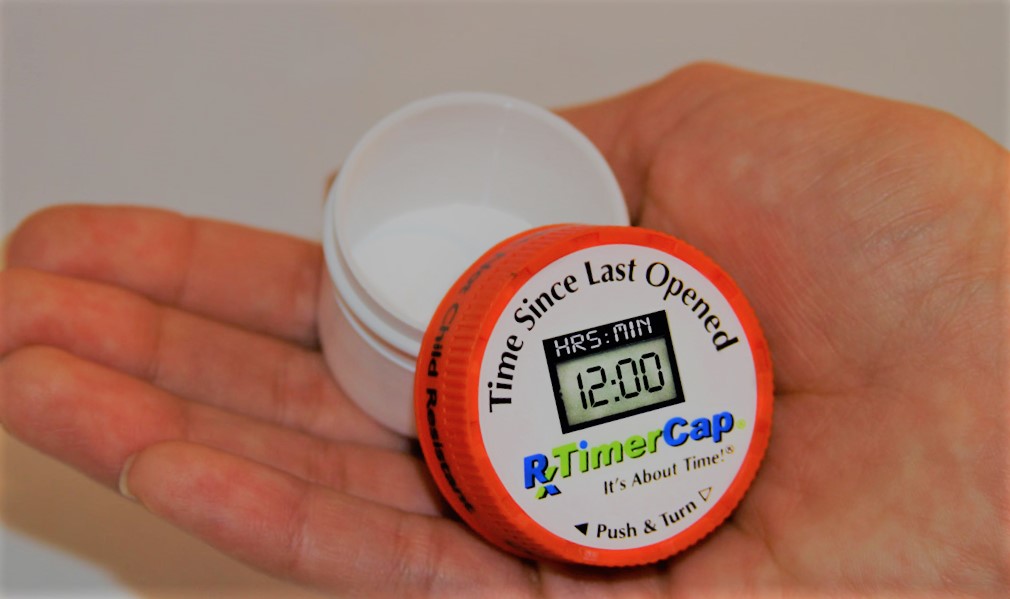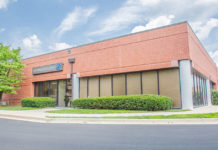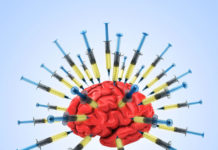difficult even for people under ordinary conditions.
Medical requirements — like dosage, time and whether or not the medication needs to be taken with food — can seem more like impediments for people who are busy or at work all day. Proper intake may be even more challenging when patients are taking potent drugs or struggling with acute pain and/or other medical conditions.
“It is unreasonable that cognitively impaired people who are disoriented don’t have a tool to remember when they last took their medication,” Twersky said. “When 20 minutes seems like two hours when you’re in pain, and two hours seem like an eternity, we need to at least give them a tool so they can manage their medication on their own.”
Twersky explained that RXTimerCaps don’t have a built-in alarm because countless patients are supposed to take their medications only as needed, and alarms require programming, which normally increases a product’s complexity and shortens the battery life.
Spotting household diversion
Too often, drug abuse starts when kids have access to medications that their family members are being prescribed – before they know it, they find themselves addicted to the drug and looking for it on the streets.
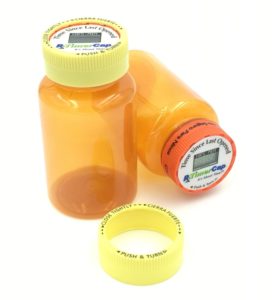
“You talk to addicts and they didn’t get started that way, but it just happened,” said Twersky. “That’s what we are trying to prevent — new unintended victims.”
In order to prevent diversion and not make the process complicated for seniors, Twersky’s company created two different styles of RXTimerCap. One was designed to be senior-friendly and the other to be child resistant.
Other options
There are innovative personal safes on the market that are similar to traditional safes but were actually designed specifically to prevent theft and abuse of prescriptions.
Created by Solo Technology Holdings, LLC, the iKeyp is an internet-enabled safe that allows for patients to have secure storage anywhere and doesn’t require any tools during installation.
“You can’t lock your medication in the back of a closet, or in a floor or wall safe that’s so hard to get to,” said Mitch Danzig, co-creator and Chief Operating Officer of Solo Technology Holdings. “ So, we invented something that would fit where you normally take your medication.”
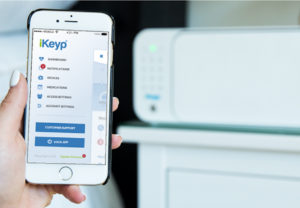
A mobile app that syncs to the iKeyp will send medication reminders and intelligent alerts. “A lot of apps out there will remind you of taking medications,” Danzig said. “But other apps don’t send intelligent alerts at specific times. If you take your medication at 7 a.m. and you haven’t opened the safe by 7:30, the app will ask if you have taken the medication.”
The RX DrugSAFE, developed by fingerprint technology company, GeneSYS-RX, is another personal safe to keep unauthorized access to controlled substances from happening by scanning patients’ fingerprints. The product can be programmed for as many as 120 users and utilizes biometrics to prevent unauthorized access to prescription drugs and other controlled substances.
